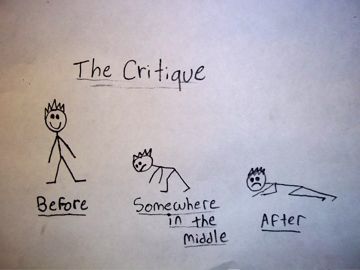Emily Baker
Professor Zukowski
English 121
8 Mar. 2016
Comparing Two Websites
Initial
Thoughts:
Right off the bat, I can
recognize the professionalism of the website in which the article about green
sea slugs is found. Everything on the
website focuses on the articles found in the Proceedings of the National Academy of Sciences in the United States.
The website takes the effort to make sure that all the information about an article
is clearly stated. It gives a detailed information on the authors, when the
article was published, and even when the article was edited and reviewed. At the bottom of each article page is a list
of references used. Within the article they are careful about using incite citations
along with including hyperlinks to certain phrases and words.
Comparison:
There are many
differences between this website, set up as a database of articles, and the
website, set up in a blog format. The layout of the website is meant to attract
the reader and lead it from one article to the next; whereas, the scholarly
article is focused on the information and the article is really the only thing
you see on the webpage. Another major
difference is the content itself. The article was much more in-depth and more
detailed than the blog website. Even the abstract itself was longer than the
entire blog post. Because there were multiple authors contributing to the
article it is safe to assume that these authors must have strong knowledge on
the subject matter. The blog post on the other hand, was written by a single
author who seemed to have taken information from around the web and summarizing
it.
Example References the article used:
Rumpho ME, Summer EJ,
Manhart JR (2000) Solar-powered sea slugs. Mollusc/algal chloroplast symbiosis.
Plant Physiol 123:29–38.
Rumpho ME, Dastoor FP,
Manhart JR, Lee J (2006) in Advances in Photosynthesis and Respiration—The
Structure and Function of Plastids, eds Wise RR, Hoober JK (Springer, Berlin),
pp 451–473.
Works
Cited
Rumpho,
Mary, et al. “Horizontal Gene Transfer of the Algal Nuclear Gene psbO to the Photosynthetic
Sea Slug Elysia Chlorotica.” Proceedings of
the National Academy of Sciences in the United States. 105. 46 (2008): 17867-17871.
Web. 3 Mar. 2016





